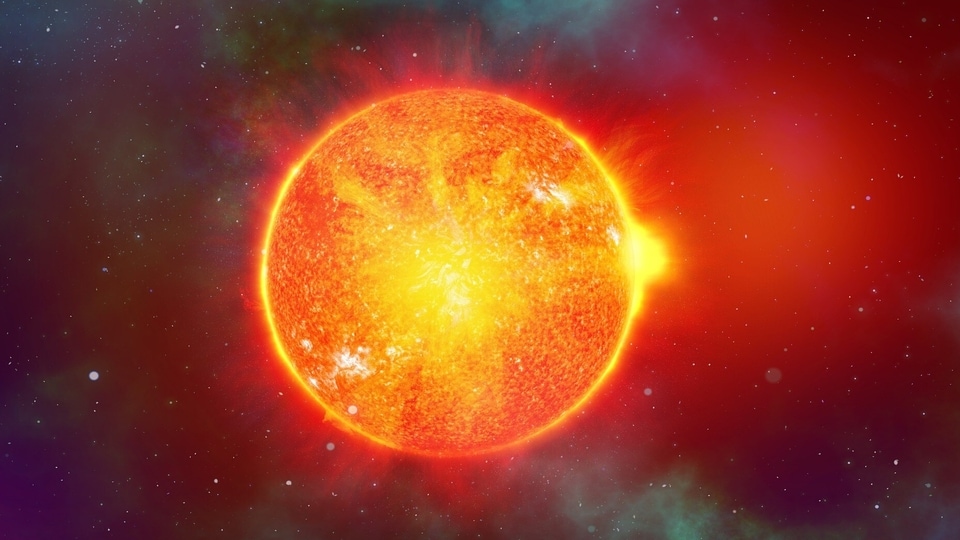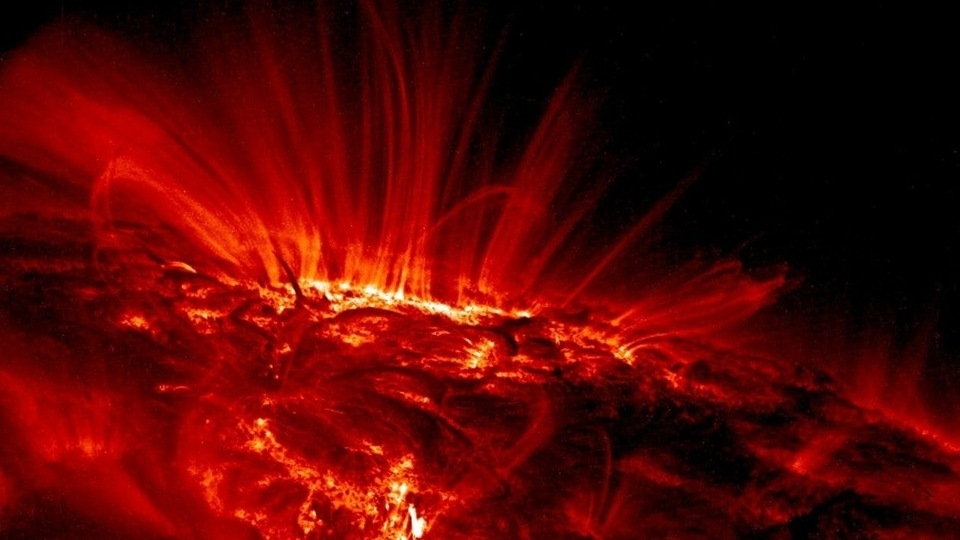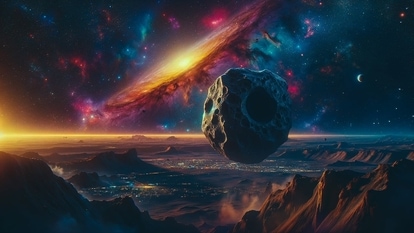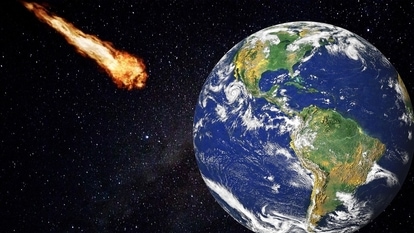Violent Sunspot keeps exploding and producing solar flares; Is this the birth of a Destructive solar storm?
The Earth is in a big risk of getting hit by a dangerous solar storm after a Sunspot, AR3078, has been spotted continuously exploding and producing M-class solar flares. Know the damage it can cause.
_1639373804152_1659933055983_1659933055983.jpg)
_1650614444757_1650614518141.png)




 View all Images
View all ImagesThe solar storm which was predicted to hit the Earth has just gone by, but there is no time to relax. Scientists monitoring the Sun through the Solar and Heliospheric Observatory (SOHO) of the European Space Agency (ESA) have spotted a violent Sunspot that can spell trouble for us. This sunspot, named AR3078, has been seen exploding over and over. And in the process it has been producing M-type solar flares which keep throwing coronal mass ejection (CME) in space. This is bad news for us as Earth is already expecting a solar storm tomorrow due to fast moving solar winds, and if the CME from these continuous eruptions impact together, the cumulative effect could be hazardous. So, what are the risks? Read on to find out.
The event was reported by SpaceWeather.com which stated, “For the 3rd day in a row, active sunspot AR3078 is producing strong M-class solar flares. The latest, an M2-category explosion on Aug. 17th (1345 UT), hurled a plume of cool dark plasma into space”. So far the sunspot was not directly in the view of the Earth but now, as the Sun rotates, it has begun facing us. And this means trouble.
“A CME will almost certainly emerge from the blast site (confirmation awaits fresh data from SOHO). But will it hit Earth? Like other CMEs AR3078 has produced this week, this one will skate the southern edge of the Earth strike zone. If it does hit us, the blow will be grazing, not full strength. However, even a grazing blow can cause a solar storm, especially in combination with other impacts”.
Violent sunspot creates a solar storm scare for Earth
While it is difficult to predict the intensity of this cumulative solar storm given we are not even sure if it will indeed strike us, general estimation tells us that M2-class solar flares usually produce anywhere from G2 to G3 class solar storms. The solar winds expected to hit the Earth tomorrow are also expected to cause G1 or G2 class solar storms. Both of them combined together can produce strong G3 solar storms. A chance of a G4 class solar storm is rare but possible.
In case a G4 class solar storm does take place, it would damage satellites, disrupt communication systems including GPS, mobile networks and internet, affect power grids, causing blackouts in homes, and mess with other sensitive electronic instruments on Earth. This can have apocalyptic consequences for us.
Catch all the Latest Tech News, Mobile News, Laptop News, Gaming news, Wearables News , How To News, also keep up with us on Whatsapp channel,Twitter, Facebook, Google News, and Instagram. For our latest videos, subscribe to our YouTube channel.
































